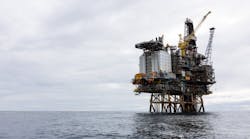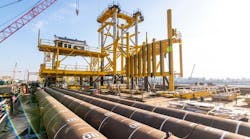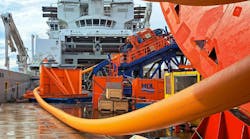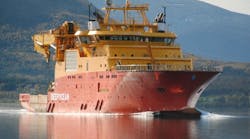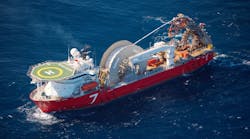Offshore staff
GALVESTON, Texas – ENGlobal Corp. has showcased its Universal Master Control Station (UMCS) for subsea controls and integration on the exhibition floor of the Deepwater Operations Conference & Exhibition held at the Moody Gardens Convention Center in Galveston, Texas, from Nov. 4-6.
“Historically, the topsides subsea controls component has been the responsibility of the subsea equipment vendor,” said Mike Martin, Subsea Controls and Integration business manager for ENGlobal. He noted that developments with subsea equipment from multiple vendors, resulted in operators having multiple topsides subsea control stations.
Recognizing the need for an integrated solution, a major global oil company set out to standardize subsea control technology in 2008. ENGlobal’s Universal Master Control Station (UMCS) is the result of a collaborative development effort with this operator. The original parameters required by the operator have helped make the UMCS the ideal solution for many subsea projects, Martin said.
The UMCS Standardized Interface uses a set of definitions or rules of engagement developed and agreed upon by all subsea and topside vendors. These rules of engagement govern implementation of the interface.
According to ENGlobal, this process is reproducible from one project to another. Each subsea vendor provides its own Subsea Gateway, thus preserving the proprietary design and safeguards inherent in each system. This arrangement makes any modifications between the Subsea Gateway and SCM transparent to the UMCS. Communication with the DCS is less complicated because it is not proprietary, and it uses commercially available protocols such as Modbus, Ethernet IP, OPC DA, or OPC UA.
The UMCS interface has three main layers: graphical interface, logic/control, and Subsea Gateway to control pods on the ocean floor. Two complete and segregated channel networks, incorporating high availability redundant PLCs, simultaneously monitor data functions, as well as between surface and subsea equipment.
In the event of a channel network failure, Martin explained, the duplicate processor seamlessly operates the UMCS. Dual redundancy allows the UMCS to survive multiple points of failure by implementing communication “cross strapping” and bump-less transfer for each of the redundant components.
11/7/2014
